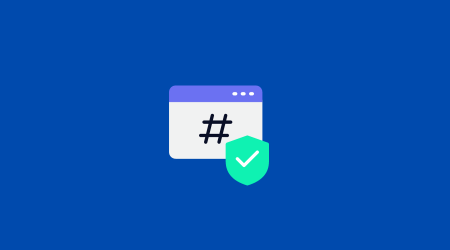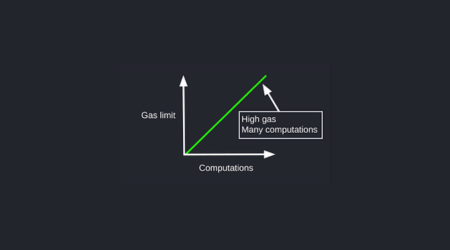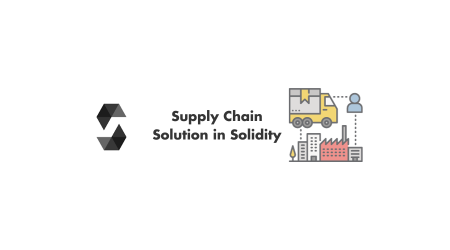Are you struggling to retrieve block hashes in Solidity? Look no further! In this article, we will guide you through the process step by step.
Understanding the importance of block hashes in Solidity is crucial for building robust and secure smart contracts. We will explore different methods to retrieve block hashes, from simple implementations to advanced techniques.
Get ready to dive into the world of Solidity and discover the best practices for working with block hashes.
Let’s get started!
1. Key Takeaways
- Block hashes are crucial for verifying the integrity of blockchain data.
- Retrieving block hashes can be computationally expensive, especially in large blockchain networks.
- The
blockhashfunction in Solidity has limitations, such as only allowing access to the 256 most recent blocks. - Best practices for working with block hashes include using cryptographic hash functions, storing block hashes in separate variables, implementing access controls, and considering security considerations.
2. Understanding the Importance of Block Hashes in Solidity
Understanding the importance of block hashes in Solidity helps you ensure the security and integrity of your smart contracts.
Block hashes are cryptographic values that represent the unique identifier of each block in the blockchain. They are vital for various purposes, such as using block hashes for random number generation in Solidity.
However, it is crucial to be aware of potential security risks associated with accessing block hashes in Solidity.
Now, let’s explore different methods to retrieve block hashes in Solidity.
Delve into predicting transaction hashes in solidity
3. Exploring Different Methods to Retrieve Block Hashes in Solidity
To explore various methods for getting the hash values of blocks in Solidity, you can use different approaches. Here are some considerations to keep in mind:
- Performance implications of retrieving block hashes in Solidity: Retrieving block hashes can be computationally expensive, especially when dealing with large blockchain networks or frequent hash lookups.
- Security considerations when working with block hashes in Solidity: Block hashes are crucial for verifying the integrity of blockchain data, so it’s important to ensure their authenticity and protect against potential attacks.
Now, let’s delve into implementing a simple block hash retrieval function in Solidity.
4. Implementing a Simple Block Hash Retrieval Function in Solidity
Let’s dive into creating a basic function that retrieves the hash of a block in Solidity.
To implement block hash manipulation, we need to understand the limitations of block hash retrieval in Solidity.
While Solidity provides a built-in function called blockhash to retrieve the hash of a block, there are certain restrictions.
Firstly, it only allows access to the 256 most recent blocks.
Secondly, the function can only be used within the context of a contract and not in regular transactions.
Moving forward, let’s explore advanced techniques for retrieving block hashes in Solidity.
5. Advanced Techniques for Retrieving Block Hashes in Solidity
Now, we can explore more advanced methods to obtain block hashes using Solidity. Here are five efficient retrieval methods you can use:
- Using the
blockhash()function to retrieve the hash of a specific block number. - Implementing a custom data structure to store and retrieve block hashes efficiently.
- Utilizing events to capture and store block hashes in real-time.
- Using external APIs to fetch block hashes from other blockchain networks.
- Implementing caching techniques to improve the retrieval speed of block hashes.
In the next section, we will discuss best practices for working with block hashes in Solidity, ensuring the security and reliability of your application’s functionality.
6. Best Practices for Working With Block Hashes in Solidity
Ensure that you follow these recommended practices when working with block hashes in Solidity to maintain the security and reliability of your application.
Common challenges when working with block hashes in Solidity include the potential for collisions, the need for efficient retrieval, and the risk of manipulation.
To address these challenges, it is important to implement security considerations when retrieving block hashes in Solidity. This involves verifying the integrity of the block, protecting against replay attacks, and ensuring the confidentiality of sensitive data.
| Challenge | Recommendation |
|---|---|
| Collisions | Use a cryptographic hash function to minimize the chance of collisions. |
| Efficient Retrieval | Store the block hash in a separate variable to avoid repeated computation. |
| Manipulation | Implement access controls to prevent unauthorized modification of block hashes. |
| Replay Attacks | Use timestamps or nonces to prevent the replay of transactions. |




